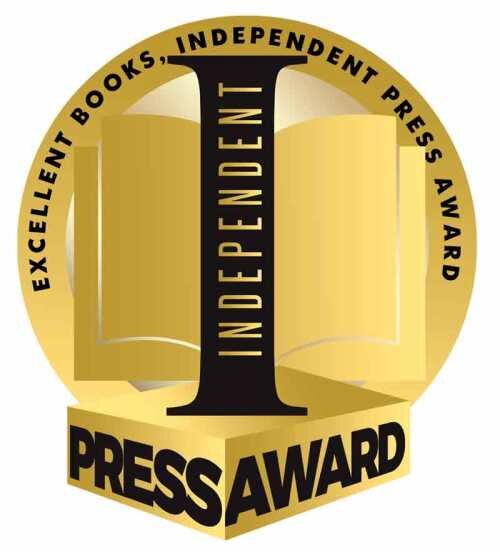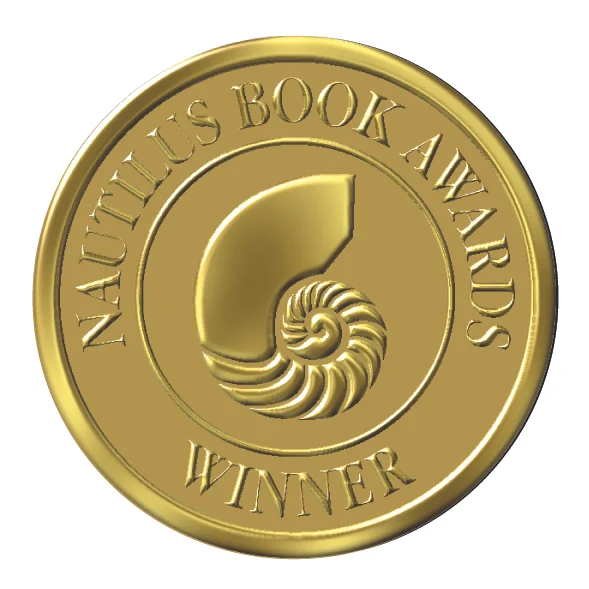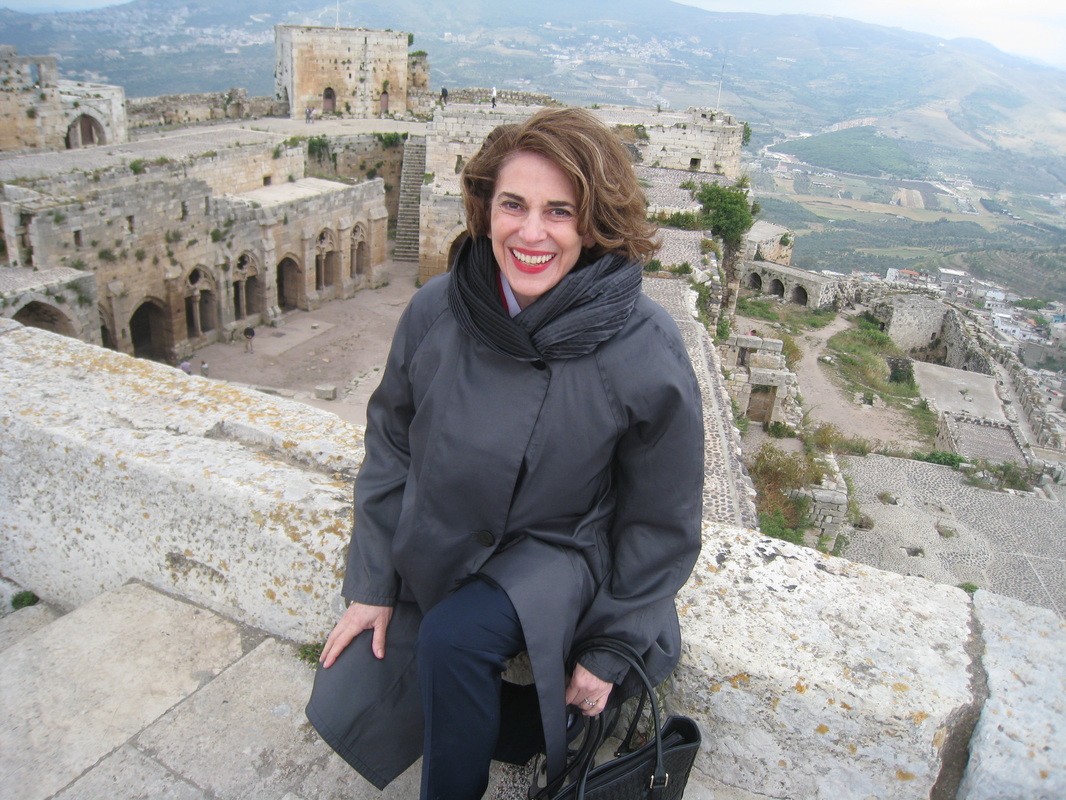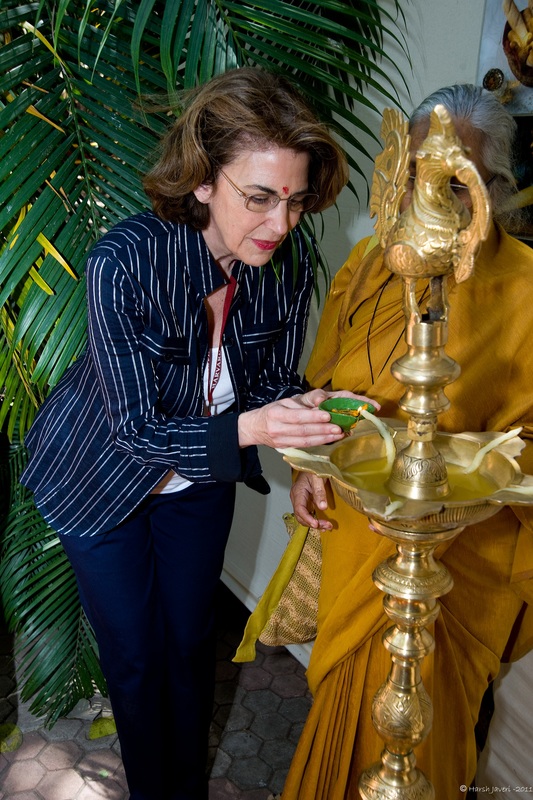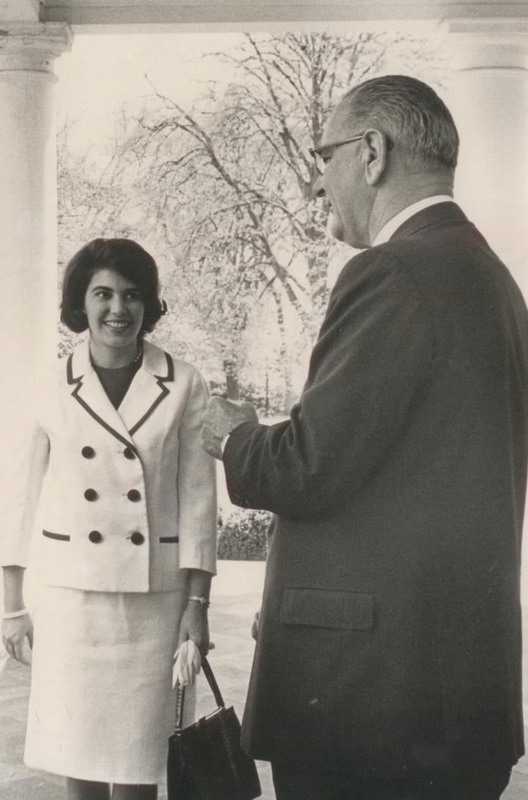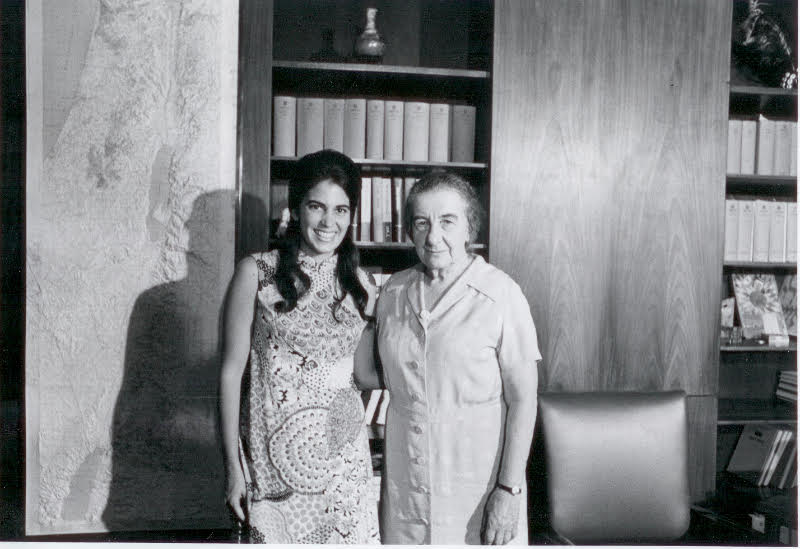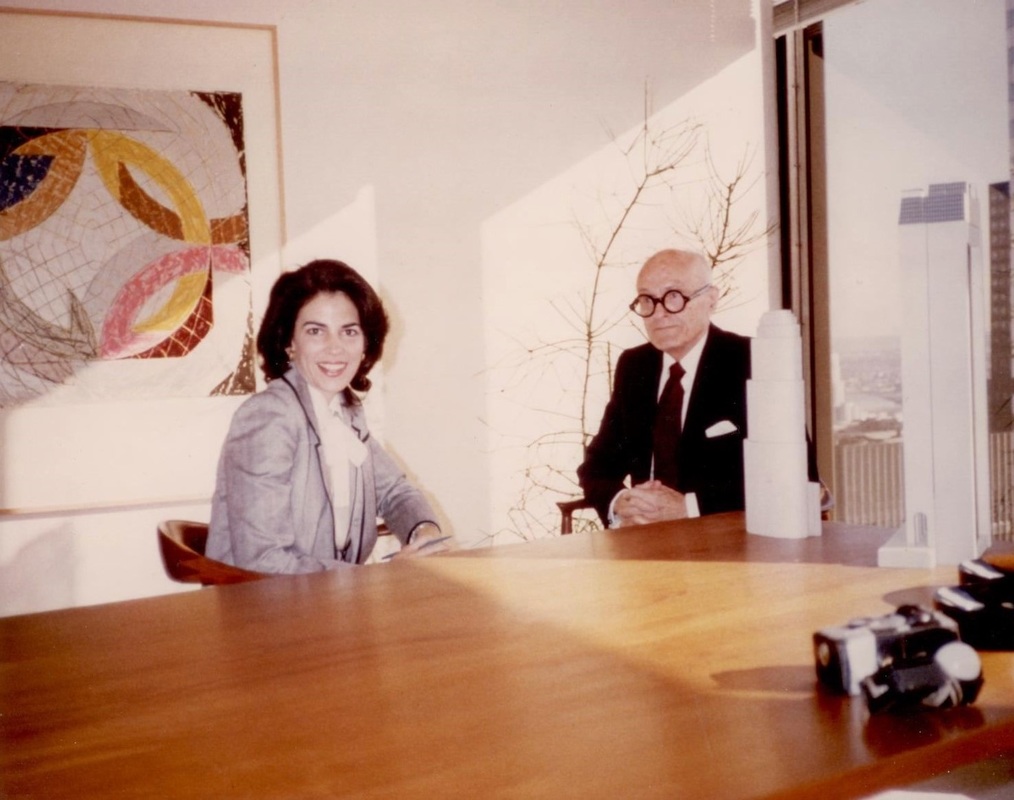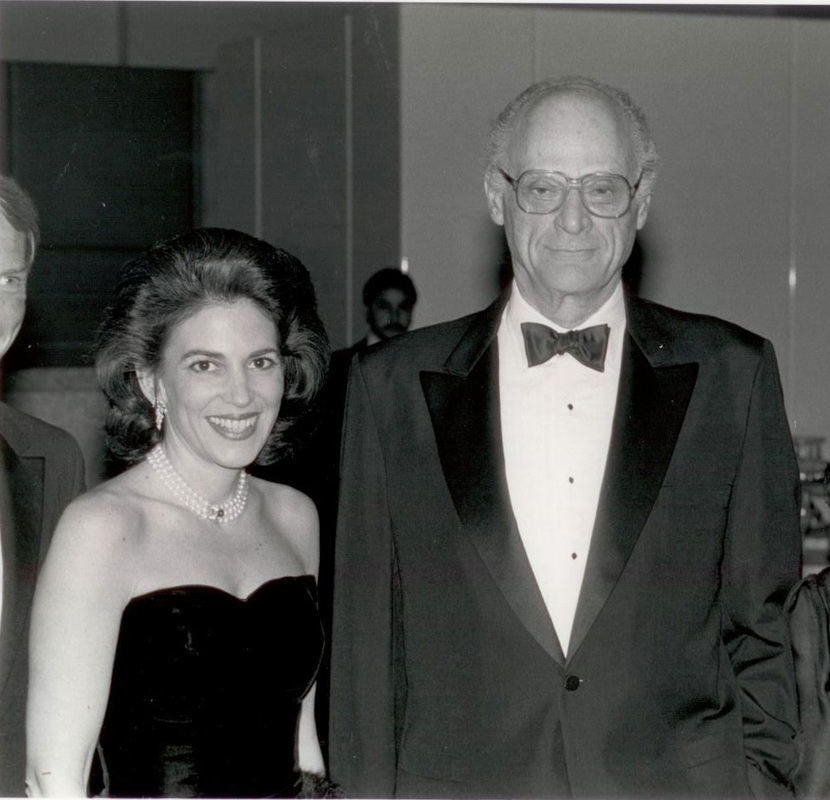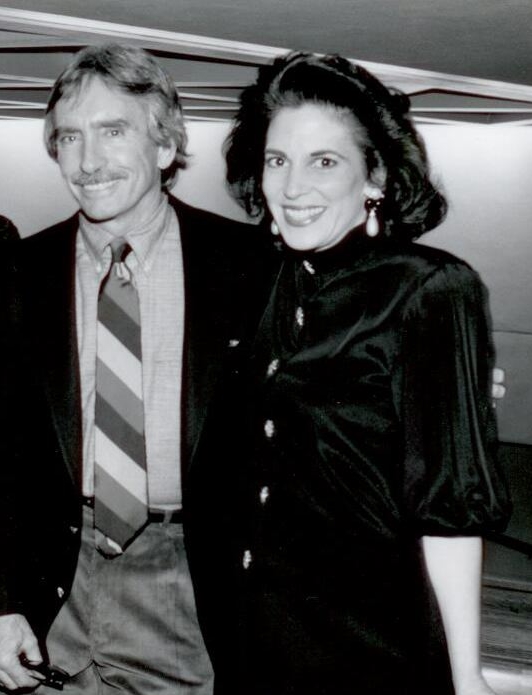December is a time when we celebrate light piercing through the darkness. In the winter we experience more lightless hours. And December is the time when the counting of days ends and begins, like the moment a tide reverses, rolling back to sea.
Christmas celebrates Jesus’ birth, announced by the brightest star in the sky. The star oriented the wise men. It literally oriented them to the manger and symbolically orients the world to a new way of seeing—a new guiding light. We learn to recognize that we are connected to and have an impact on each other in every small gesture.
Chanukah is also a festival of lights. The light in this story is the miracle of a lamp with a tiny supply of oil lasting eight nights. Like the lamp, our daily lives leave us feeling as if we’ve exhausted our last reservoir. We learn to expand the resources deep within us and muster strength to see us through personal darkness despite improbable odds.
Animals instinctually know how to prepare for winter. Bears find caves to hibernate. Chipmunks burrow in holes underground. Even termites close off air tubes in their complex sand structures. What do we do? Besides upping the thermostat and wrapping our necks with woolen scarves, we also soak in light to store in our inner selves. We seek out the guiding star to navigate our lives, or we reach deeply within.
Light has other strange properties. Our eyes perceive a stream of light but when we reach out, we cannot touch it. We see light only when it touches other things like reflections on the moon or specks of dust in the air seen from the light of a movie projector in a dark room. We live in a time of many kinds of light. Campfires, torches, whale oil and kerosene lamps from days of old are now new kinds of light—laser, electrical, nuclear, incandescent or fluorescent, sulfur lamps or neon lights.
What takes us out of darkness physically? What illuminates spiritually? Light is the beam that reveals what it lands on. It fills the air but we see its effects, what it lands on becomes aware to our eyes or our technology sensors. Like enlightenment, like love, like peace, we sense it when it lands on us.
This is the season to notice where the light lands. This is the season to be a source of light.





